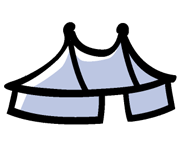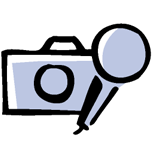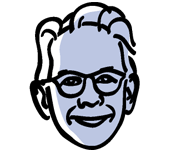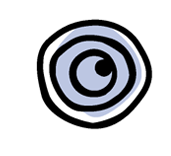Est magazine25 June 2009
The impressionists of the ring
’L’atelier du peintre’ (the Artist’s studio), the 9th show to be staged by Cirque Plume based in Franche-Comté, is pushing the public towards the canvas...
 n the ninth and latest offering from Cirque Plume, based in Franche-Comté, Bernard Kudlak, author and director, mixes the real and the imaginary, the virtual, the dreamlike and the ontological. He wanted to create a place of laughter and brotherhood, of music and hard work. He wanted happy faces and lost souls, pleasure and suffering. That place is the ’L’atelier du Peintre’ (the artist’s studio), a place where things are created.
n the ninth and latest offering from Cirque Plume, based in Franche-Comté, Bernard Kudlak, author and director, mixes the real and the imaginary, the virtual, the dreamlike and the ontological. He wanted to create a place of laughter and brotherhood, of music and hard work. He wanted happy faces and lost souls, pleasure and suffering. That place is the ’L’atelier du Peintre’ (the artist’s studio), a place where things are created.
There’s the canvas and there’s what’s on the other side. The canvas and the filler. The colours, like successive layers of life, of doubt. In ’L’atelier du Peintre’, there’s light and shade, earth, water, reflections in mirrors. ’Don’t be blind, look at the world, and make it dance! Come into the gallery; listen to the echo of the beauty of the world. Strike up the band!’
The show contains references to painters, such as Velasquez, Fontana, Bacon, and others too. It ignores those that are too contemporary, showy, deceiving. Ah! Those multi-layered and forgotten works by Lagarde and Michard, the questioning and anguishing over yellowed pages. Until occasionally inspiration dawned.
In ’L’atelier du Peintre’, Plume provides just such inspiration, pictures and notes, using glass, shadows, Chinese woodblock prints in semolina, steps, truths, lies, little compromises between the two.
But don’t imagine that Plume makes heavy weather of inspiration and creation. We are in a circus, where questions and ideas "trampoline", walk the wire, are juggled more than ever before, and circus arts come to the fore. German wheel gymnastics, tightrope walkers, acrobatic balancing, hand-to-hand balancing, straps, acrobatics… it’s all in "L’atelier du peintre", because art and the questions it poses, representation and beginnings, well, that’s life. Dragging stuff behind them, pushing stuff in front of them, arrivals and departures, the performers hurtle around, passing each other, stopping or meeting. They come from the past, off the street or somewhere else, full of hope, longing or wounded. And they play, laugh and have a good time.
Their bodies speak, seek each other out, and come together. There’s a man and his double, his trouble, self and the Other, and the painter’s canvasses that you don’t see.
Plume, in each of its shows, takes its lead from poetry, picking up on something insignificant and making something of it, finding wonder in a shaft of light, a breath, a moment in time, suspended grace. Plume thunders and fanfares and hits you in the eye with pots of paint.
Come out of the picture, go into it, touch creation, take it away, and be guided by it: Plume is an impressionist, inviting you to look, listen, be cradled by the beauty in the world without being fooled, without giving up.
